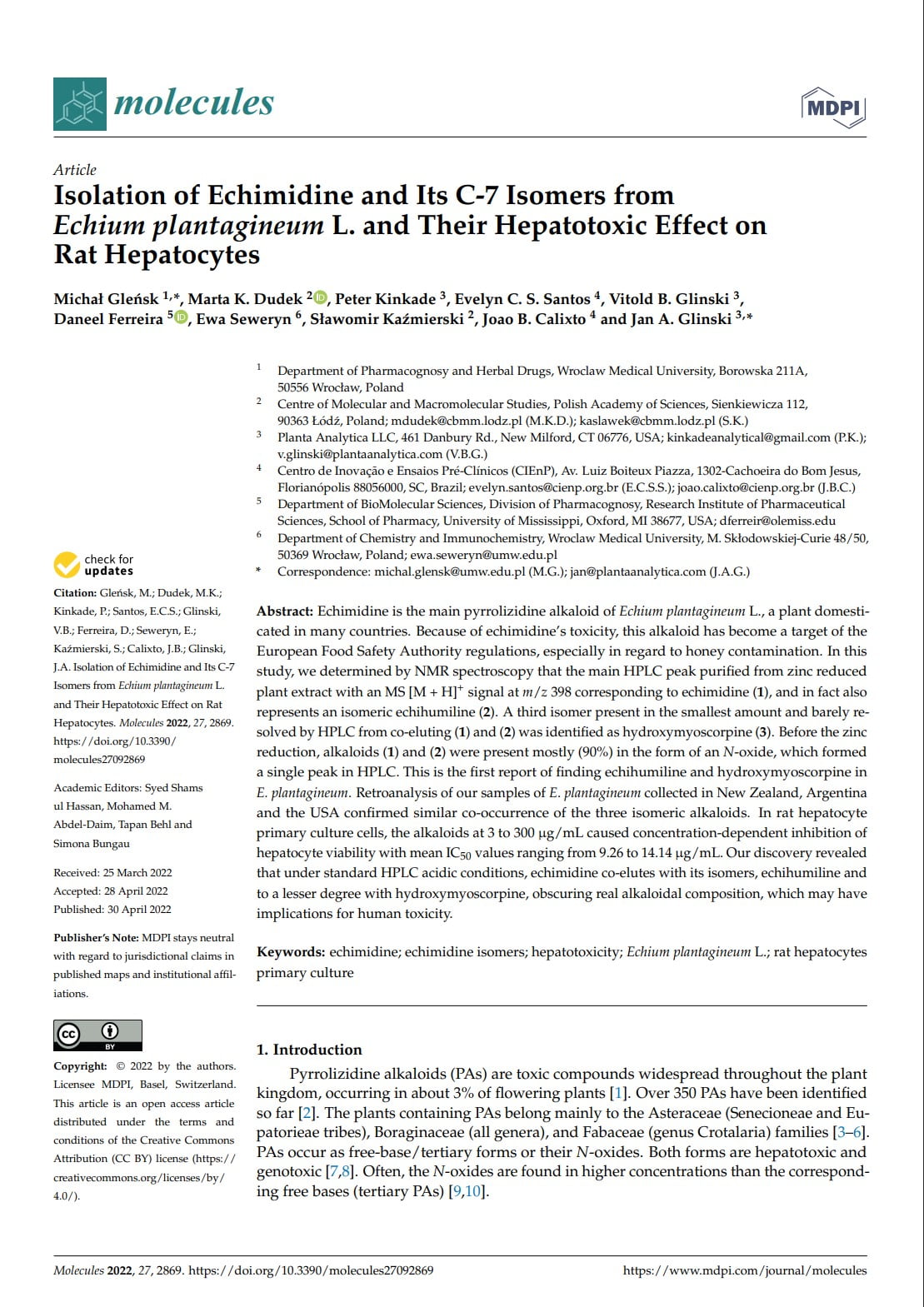Technology
HPLC, UPLC, & HIGH-PERFORMANCE FLASH
High performance liquid chromatography (HPLC) and flash liquid chromatography (LC) are some of the oldest and most well-established chromatographic techniques for compound purification. Thanks to a constant stream of innovations, preparative HPLC and flash LC are still some of the best options available. One of the biggest leaps forward was the introduction of ultra-high performance liquid chromatography (UPLC), making analyses quicker and with higher resolution.
Developments in solid phases have also vastly improved resolution, selectivity, and reliability. Physical improvements to the silica matrix include smaller particle sizes and superficial porosity; some of the many advancements in the chemical matrix properties include new functionalizations and improved cross-linking.
The hardware for preparative HPLC and flash LC has also seen significant advancements, resulting in improved ease-of-use and accelerated time from benchtop to manufacturing. Developments, like intuitive system controls, have simplified method programming, while improved hardware designs allow for more precise controls
Technology Benefits
Resolution
HPLC columns have the highest number of theoretical plates of any technology, which translates to the highest resolution separations. At the analytical scale, 1.6 micron solid phases can resolve even the closest eluting components. At the preparative HPLC scale, columns with particle sizes < 5 micron can efficiently isolate high purity compounds.
Selectivity
HILIC, NP, C4, C8, C18, biphenyl, hexyl-phenyl, diol, and so many more!
The list of unique phases with varying selectivities feels endless. All of these resins can be purchased with different cross-linking, particle sizes, pore sizes, and end-capping, further influencing the suitability to your specific separation case.
Scalability
From rapid analysis on <2 mm I.D. columns all the way to manufacturing on columns over a meter wide, this technology scales well. Advancements in flow distribution plates, column manufacturers have improved flow linearity and band profile on even the largest columns, which means scale-up of your bench-top method is predictable and easy.
Solid Phase Advancement Highlights
The number of advancements in solid phase technology are innumerable, but some of the improvements that we believe produce the most notable impact include the following:
Particle Sizes
1.7 micron particle sizes mean reduced column dimensions and increased resolution. When paired with UPLCs, you get rapid high-resolution analysis.
Physical Strength
Improved manufacturing of solid phases and better column packing technologies result in columns that stand up to higher pressures and produce more consistent results.
Chemical Inertness
With improved end-capping reducing silanol interactions, possible catalytic interactions are reduced, which increases yields while minimizing non-targeted binding.
Semiporous Surfaces
Also referred to as "core shell", semiporous phases offer increased resolution at lower pressures, mimicking the benefits of < 2 micron particles with less drawbacks.
Technology Benefits
Detectors
Preparative HPLC and flash LC detection technology has improved in leaps and bounds. UV detectors have higher sensitivities and faster refresh rates, facilitating more detailed detections.
Secondary detectors, like MS and ELSD, have also improved detection capabilities. However, the greatest benefit from these advancements is an increase in ease-of-use, improvement in reliability, and better integration with software systems.
Pumps
Improvements in pump design have allowed the creation of a new class of HPLC. UPLC systems operate above 800 bar, up to 1,300 bar. The ability to operate the systems at high pressures allows for implementation of smaller particle sizes. The results in improved resolution and speed, while reducing solvent usage.
These advancements have trickled down to HPLC systems as well, thereby improving system precision, speed, and reliability.
Computing & the Cloud
The ability to perform chromatography faster and with higher resolution demands that the computer can process that amount of data.
Laboratory analytics software suites, like Agilent’s Openlabs CDS, have improved data integrity, workflows, and systems management. A centralized system for full management of your chromatography data systems can help you easily fulfill GMP requirements.
Prep HPLC Technology Supplement
ABSTRACT: Echimidine is the main pyrrolizidine alkaloid of Echium plantagineum L, (Jane’s Salvation, Patersons Curse), endemic to Australia. The plant is a great attractant for bees and as a result echimidine finds its way into honey. Because of its hepatotoxicity, echimidine became a target of new EU regulation requiring testing of imported honey. Under normal RP HPLC conditions echimidine produces always a sharp peak. Only recently, we discovered that this single peak represents actually a mixture of three alkaloids.
Using relatively new “core-shell” RP HPLC column (Kinetex EVO C18, Phenomenex) in a buffer system we resolved “echimidine” into two well separated peaks. An NMR analysis proved that later eluting peak belonged indeed to echimidine, while the earlier peak contained two, largely unresolved alkaloids echihumiline (major) and hydroxymyoscorpine (minor). Each of them has been isolated before from other plants. All these alkaloids are isomeric C20H31NO7 and produce in MS a single MH+, signal at m/e 398, in and their NMR spectra are similar, which explains why they have not been detected before.


